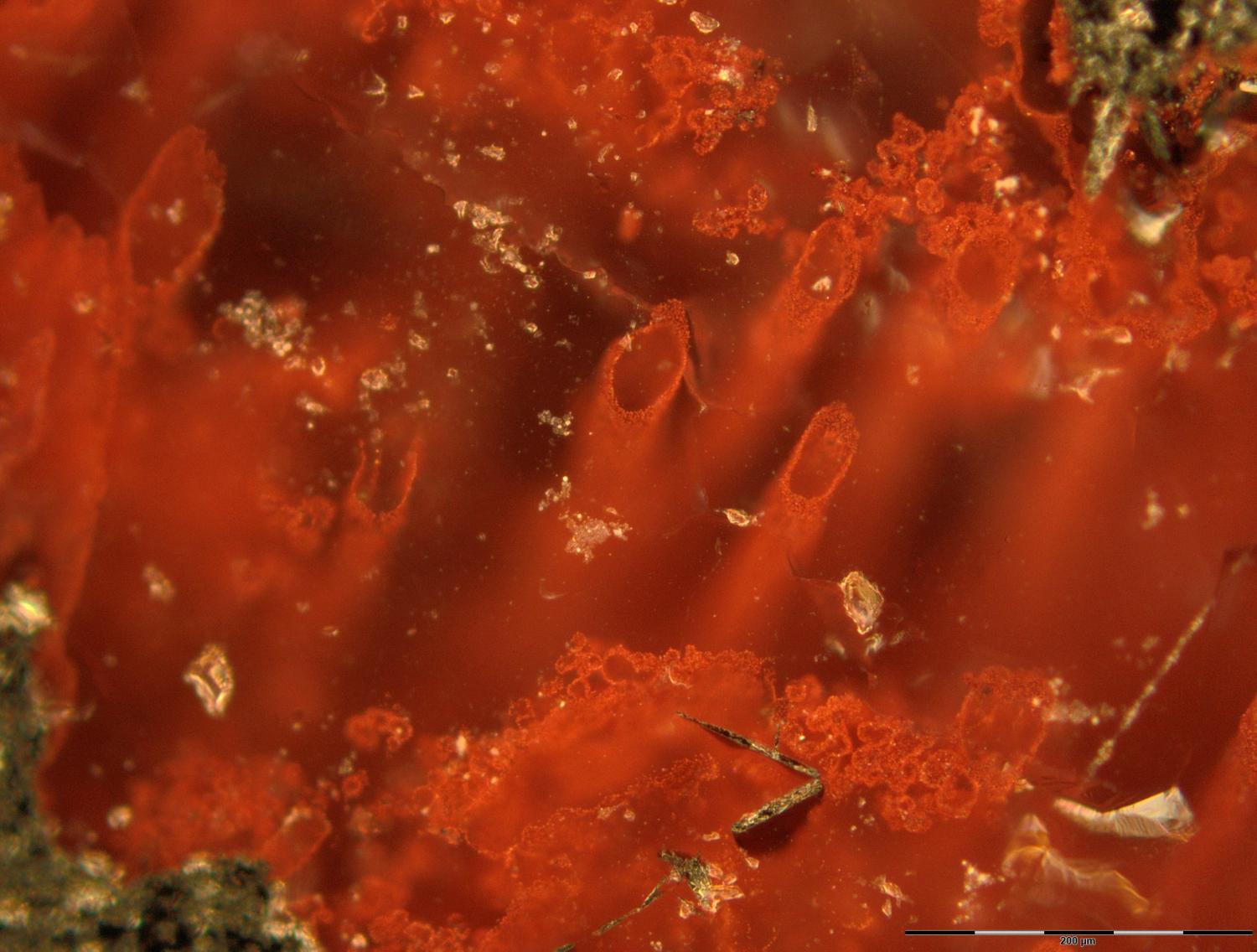
If you've been paying attention, you know the quantum computing revolution is coming -- and so far the world has a mini quantum network, not to mention the $10,000 D-Wave One, to show for it. Researchers from the University of Melbourne and University College, London, have now developed the "first working quantum bit based on a single atom of silicon." By measuring and manipulating the magnetic orientation, or spin, of an electron bound to a phosphorus atom embedded in a silicon chip, the scientists were able to both read and write information, forming a qubit, the basic unit of data for quantum computing.
The team used a silicon transistor, which detects the electron's spin and captures its energy when the spin's direction is "up." Once the electron is in the transistor, scientists can change its spin state any way they choose, effectively "writing" information and giving them control of the quantum bit. The next step will be combing two qubits into a logic step, with the ultimate goal being a full-fledged quantum computer capable of crunching numbers, cracking encryption codes and modeling molecules that would put even supercomputers to shame. But, you know, baby steps.
Filed under: Science, Alt
Researchers create working quantum bit in silicon, pave way for PCs of the future originally appeared on Engadget on Fri, 21 Sep 2012 00:47:00 EDT. Please see our terms for use of feeds.
Permalink  The Register
The Register |
 UNSW Australia
UNSW Australia |
Email this |
Comments
 Historians can use scanning to peek inside mummies without risking damage, but that hasn't been true for the papyrus boxes those mummies were placed in before entering the tomb. If you've wanted to read the discarded everyday writing on that papyrus...
Historians can use scanning to peek inside mummies without risking damage, but that hasn't been true for the papyrus boxes those mummies were placed in before entering the tomb. If you've wanted to read the discarded everyday writing on that papyrus...
 Historians can use scanning to peek inside mummies without risking damage, but that hasn't been true for the papyrus boxes those mummies were placed in before entering the tomb. If you've wanted to read the discarded everyday writing on that papyrus...
Historians can use scanning to peek inside mummies without risking damage, but that hasn't been true for the papyrus boxes those mummies were placed in before entering the tomb. If you've wanted to read the discarded everyday writing on that papyrus...
 Scientists have found new evidence of life's origins on Earth, in Canada no less. The newest record of our primordial past are fossils of bacteria that Phys.org says lived on iron and were encased in layers of quartz. The current estimate is that the...
Scientists have found new evidence of life's origins on Earth, in Canada no less. The newest record of our primordial past are fossils of bacteria that Phys.org says lived on iron and were encased in layers of quartz. The current estimate is that the...
 You probably know that the proliferation of space junk is a real problem, but we won't blame you if you have a tough time wrapping your head around the concept. There are roughly 20,000 fragments up there, after all. However, university lecturer Stua...
You probably know that the proliferation of space junk is a real problem, but we won't blame you if you have a tough time wrapping your head around the concept. There are roughly 20,000 fragments up there, after all. However, university lecturer Stua...





